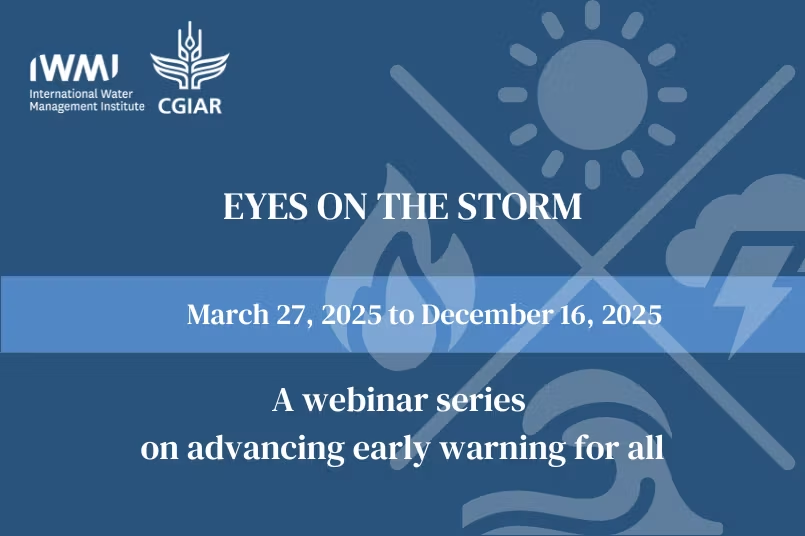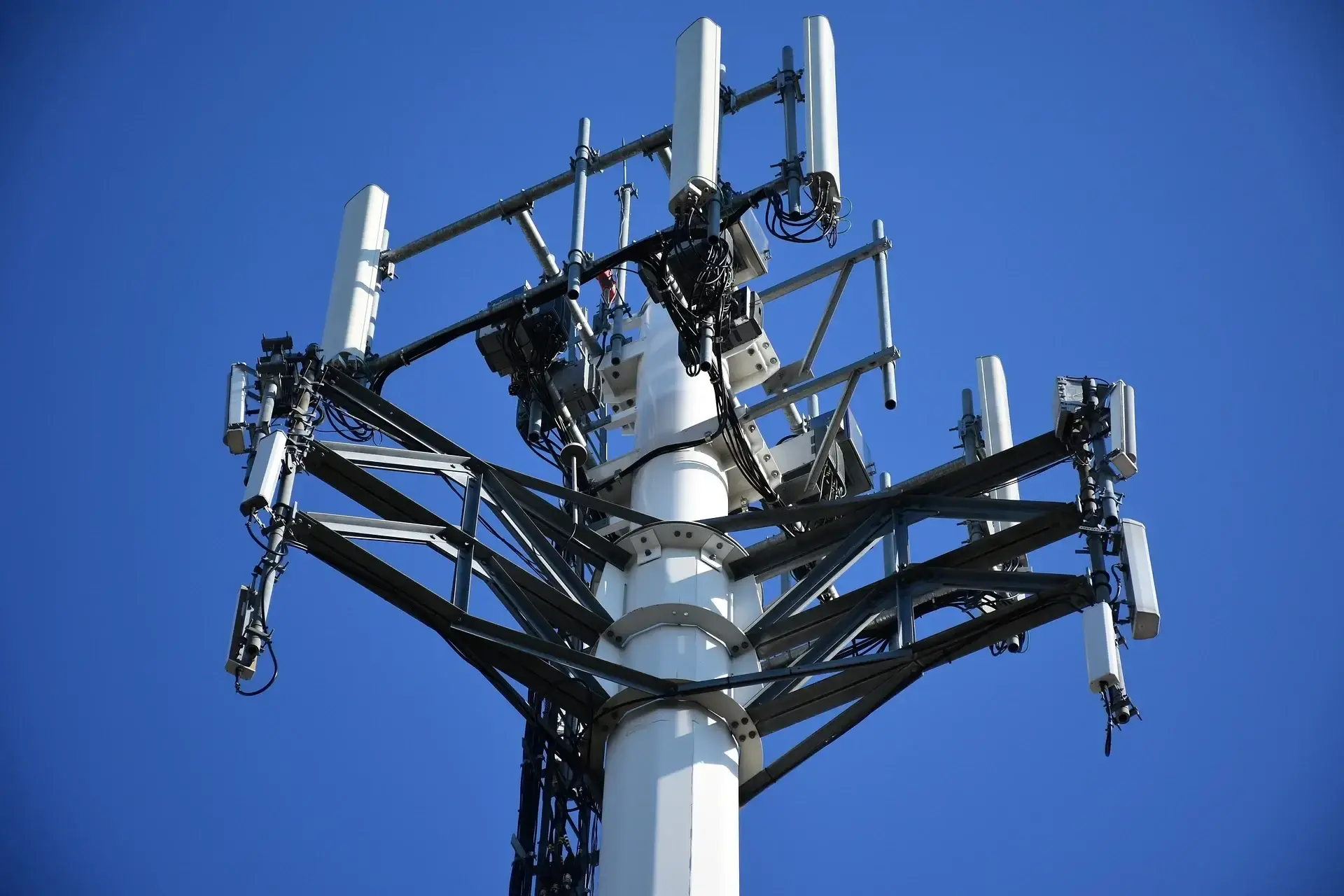[E-book] Public warning systems
Public alerts and emergency alerts are official communications to the public in the event of major risks to life and safety. Find out how Intersec can help you provide statistics on the scope of an alert and orchestrate it through various complementary channels and more...
[Webinar] The future of public warning systems
In this webinar, our speakers talk about public alerting solutions in a European context and discuss how today's and tomorrow's technologies - Galileo, IoT, 5G... - will help alleviate the burden of crises. They will naturally touch on EU regulatory requirements, political cooperation, and technological sovereignty.
[Whitepaper] Using mobile technologies in public alerting
The EECC made Public Warning Systems using telecommunication networks mandatory by June 2022 for all member states. The alerts must be sent to the public’s mobile phones to inform what’s happening and how to stay safe. It is a topic that goes beyond Europe and concerns all citizens worldwide, and of course, it is up to the mobile carriers to roll out a suitable platform...
[E-book] Situational awareness for emergency alerts
Did you know implementing an early warning system can reduce mortality by 8x, and $1 invested in risk reduction saves $15 in recovery costs?
[Brochure] Emergency Call Location
Anytime. Anywhere. Any device.
Cut down emergency response time and leave no one behind.



















.webp)


.webp)




















